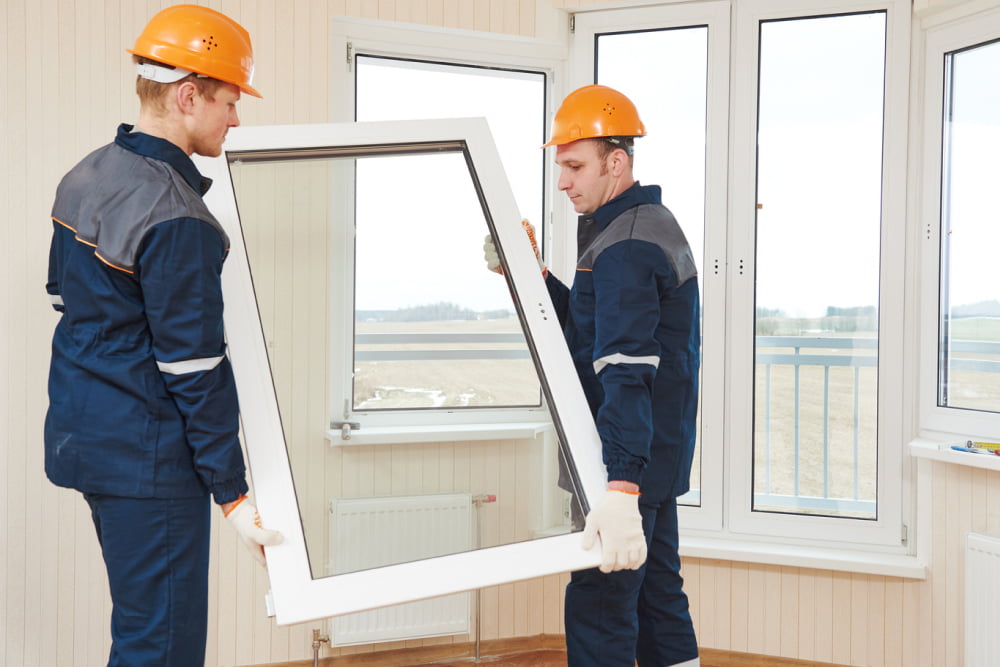7 common window replacement mistakes to avoid

Windows are an integral component of a house for various reasons. They ensure safety, privacy, and protection from the weather and intruders and contribute to a home’s aesthetics. This is why replacing old windows with new ones becomes essential when they get worn out or fail to be useful. However, certain mistakes, like those mentioned below, when replacing windows should be avoided to avoid unnecessary expenses and problems in the future.
1. Not choosing the right glass
Since the glass is the most important part of a window, one must select good-quality glass. The window is much less durable and unsafe if the glass is weak. It is, therefore, better to avoid single-paned glass for windows for safety purposes. Secondly, the glass quality of the windows also affects the energy bills. If the glass is not of good quality, it will not insulate properly. As a result, heat during the cold season and coolness in the winter will easily escape through the glass. This will lead to high energy consumption and high utility bills.
For this reason, it is essential to consider good-quality glass. From a safety and energy-efficient perspective, triple-glazed glass would be the ideal choice for windows. Besides that, one must also consider coating the window glasses so no one can peek in from outside.
2. Not choosing the right material for the frame
Choosing a good material for the window’s frame and the glass is also important. After all, the frame offers it much-needed support and durability. The material of the frame should be such that it is not easily affected by the weather elements. Considering all these factors, fiberglass-clad frames would be the ideal choice for a window. They are durable, highly weather-resistant, rot-resistant, and even energy-efficient.
3. Failing to check HOA guidelines
The Homeowner’s Association (HOA) has some strict guidelines for windows that must be followed. These guidelines instruct homeowners about the type of windows to choose depending on where they will be installed. The window’s colors, choice of materials, and brand are a few things that these HOA guidelines usually dictate. So before one is proceeding to buy a new window, one must check these guidelines. Likewise, if one lives in a building, the local building codes may also have instructions on how the windows should be. It is better to check these guidelines beforehand to avoid any problems later.
4. Not hiring professionals for installation
Removing old windows and installing new ones may seem like an easy task that can be taken on as a DIY project. However, even the slightest mistake in installation can prove to be an expensive one. If one is not very careful, they could accidentally break the new windows. Not only that, but one could even injure themselves badly. This risk is especially higher when removing the old windows. Hiring professionals for these tasks is recommended. Another thing to be mindful of is hiring experienced professionals to remove old windows and install new ones. Since new windows cost a lot, looking for professionals who will do the job carefully is in one’s best interest.
5. Not following window manufacturer’s guidelines
Before one proceeds to get their new windows installed, they must go through the window manufacturer’s guidelines. Whether DIY-ing the installation or getting professionals, one must ensure these guidelines are followed. Even if a single guideline is not adhered to during the installation, it will invalidate the warranty on the windows. The manufacturer will then not honor the warranty in the event of any damage. It is better to read the guidelines and monitor the installation process to ensure they are followed to avoid losses.
6. Not checking for any damages before installation
One crucial mistake to avoid before installing new windows is failing to check the space for any damages. Once the old windows are removed after a long time, one must carefully look at the opening. There could be leakage, rot, mold, or moisture damage. If these issues are left unaddressed, they could lead to even more severe damage later. So before installing new windows, it would be the right time to check and get these damages repaired.
7. Failing to consider all the costs
The entire process of window replacement involves various costs. Often, when hiring professionals, people only consider the cost of the new windows and their installation. They need to consider several other costs that could come up in the process. This could include the following costs:
- The cost of removing the old window, if done by professionals,
- The cost of filling the gaps that could be created during the removal process,
- The cost of repairs, if damages are found in the opening, and
- The cost of painting the area after installation.
So before replacing windows, it is better to be prepared for all these costs. This way, one would be aware of all of these expenses.






